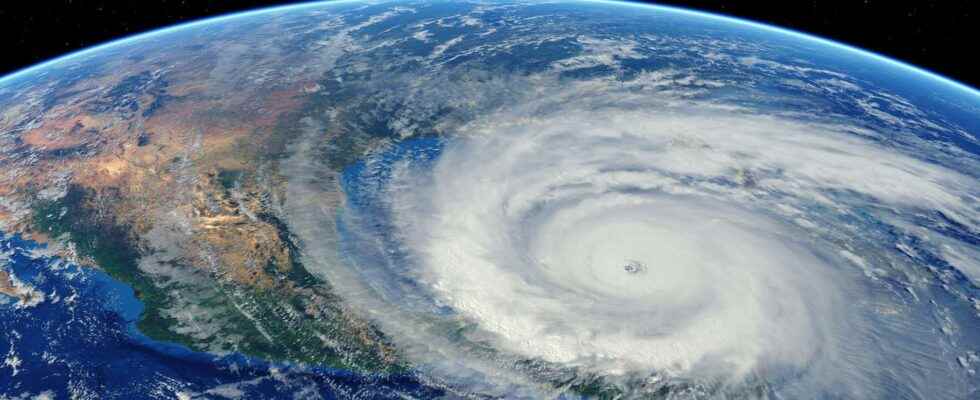While the La Niña phenomenon is currently reaching its peak in intensity, the return of its “hot” counterpart, El Niño, seems to be taking shape for the start of next summer with completely different consequences for the global climate in 2022.
You will also be interested
[EN VIDÉO] 5 weather phenomena that will become more frequent due to climate change Weather hazards have always been part of our daily life. But with climate change, these once-exceptional events are tending to repeat themselves. Here are 5 weather phenomena that we will experience more often in the coming decades.
La Niña and El Niño are two climatic phenomena characterized by a temperature anomaly of part of the waters of the Pacific Ocean: we speak of a “year La Niña ”When the water is colder than average, conversely we speak of an“ El Niño year ”when the water is warmer than average. The difference in ocean temperature between the two phases can reach 10 ° C between El Niño and La Niña. These differences in water temperatures have consequences on the weather of the following months, particularly in the Americas, Africa and Asia, much less in Europe. Apart from the impact on precipitation and on temperatures, these phenomena are known for their effect on the intensity of season cyclonic.
Climatic phases of 1 to 3 years
These two phenomena work in phases, each lasting one to three years. The onset of a new phase usually occurs during the summer or even thefall. But it very often happens that a “cold” phase continues for several years in a row, which is what happened with La Niña, which marked the climate of the previous winter and that in progress. The latest projections of climate models foresee a weakening of La Niña from February-March, followed by a neutral period in spring, then the return of El Niño from June. L’World Meteorological Organization specifies that ” thanks to scientific progress made in matter understanding and modelization of this phenomenon, our forecasting skills have improved and it is now possible to predict the occurrence of the phenomenon in time frames of one to nine months, which allows society to prepare for the dangers associated with it. , such as heavy rains, floods and drought “. However, it should be noted that science is still very difficult to understand what triggers the onset of one cycle or the other, and the causes that make it last for a year, or more. Likewise, outside the American continent, the consequences of these two cycles are still poorly understood in many regions of the globe.
The consequences of the return of El Niño
Recall that the end of autumn and the beginning ofwinter the latter were marked by the typical consequences of a La Niña phase: heat and drought in the southern United States, Severe tornadoes in December over central United States, a large number of cyclonic phenomena in the Atlantic (21 including 7 hurricanes), heavy rainfall in Indonesia and Brazil, as well as a little cooler than average weather over Western Europe (including France).
During a El Niño phase, there is a persistent low pressure system over the North Pacific, which pushes the jet stream far north. Therefore, fromair warm is regularly stranded over northern US and western Canada with reduced snow risk. On the other side, colder air is gaining in the southern United States, along with heavy precipitation. This configuration generally results in a lower number of tornadoes than the average over the central and southern United States; During El Niño years, the risk of heavy snow is more present in the east of the country, including New York. About the cyclones in the North Atlantic, they are generally less numerous than the average in El Niño phase, because the temperature of the water, in the tropical zone where the depressions form, is a little lower. Cyclones, on the other hand, are more numerous in the Pacific Ocean. Drought generally strikes the western Pacific (Indonesia, Philippines, Australia) and rainfall is heavy, even torrential over western South America.
On the other hand, the consequences in Europe are very attenuated, if not zero. Some climatologists still believe that El Niño can have consequences for the winter in northern Europe, on the British Isles and the Mediterranean, but in a very weak way: by modifying the position of the jet stream, this current in turn modifies the “rail of Atlantic depressions »Which cause rain and wind in Western Europe in winter.
The return of El Niño for the summer and fall of 2022 remains to this day a hypothesis that deserves to be confirmed in the coming months, but the probability of which seems to be increasing more and more.
Interested in what you just read?
.
fs11
